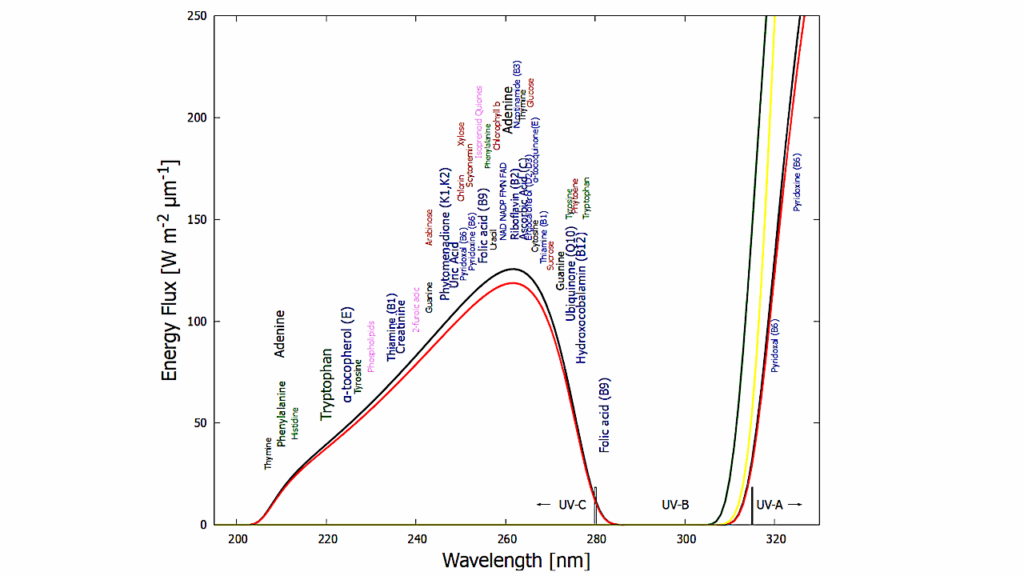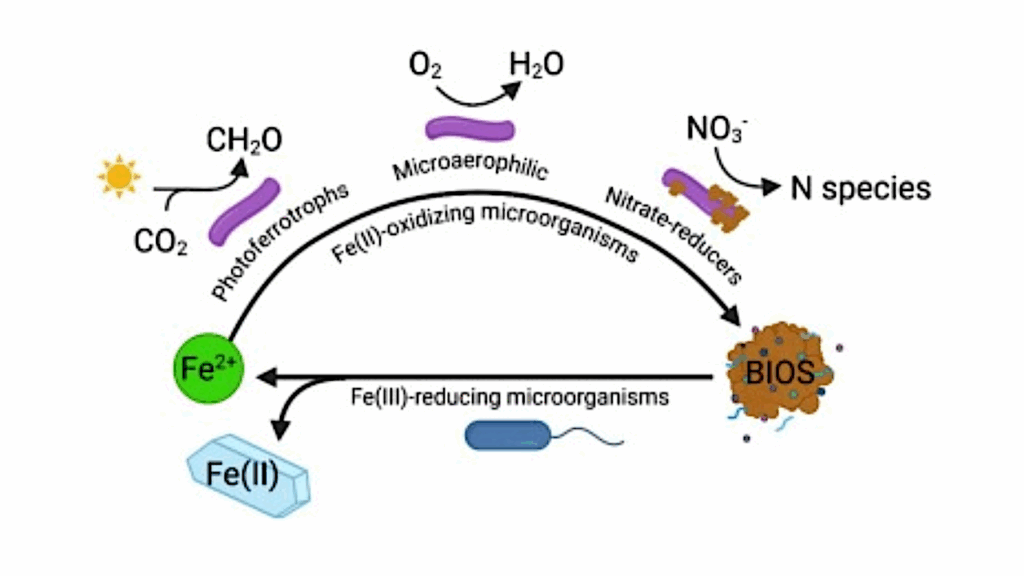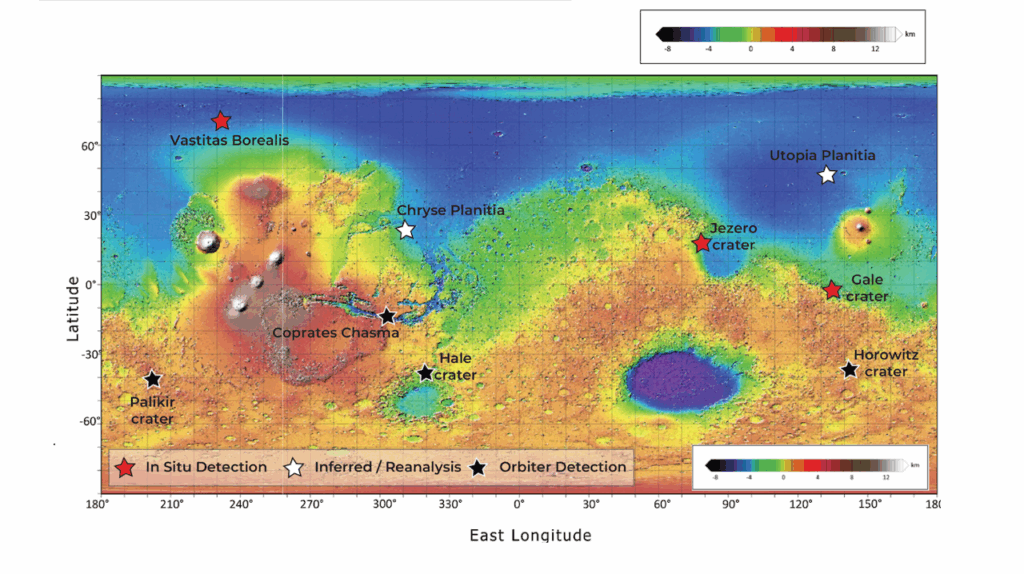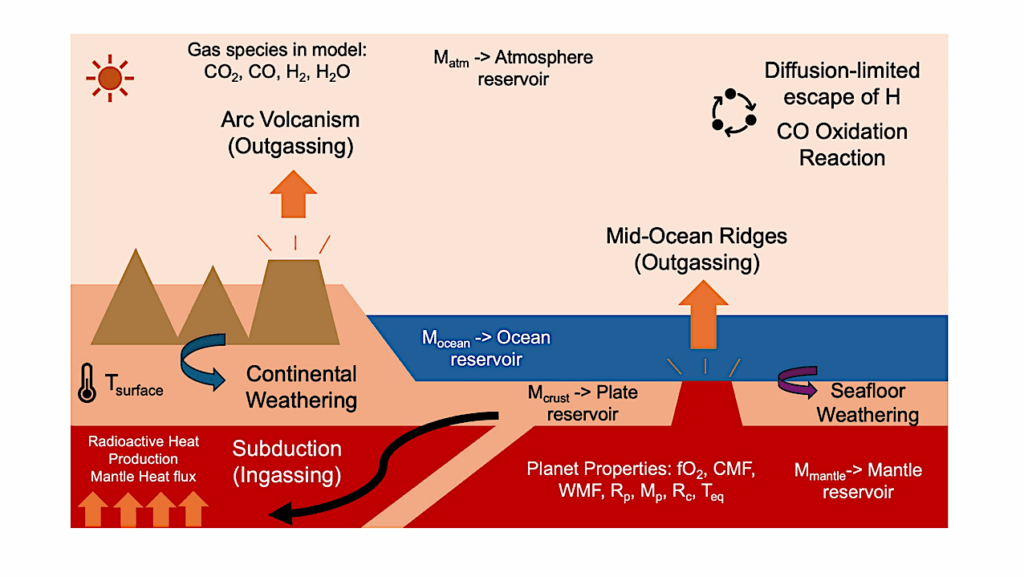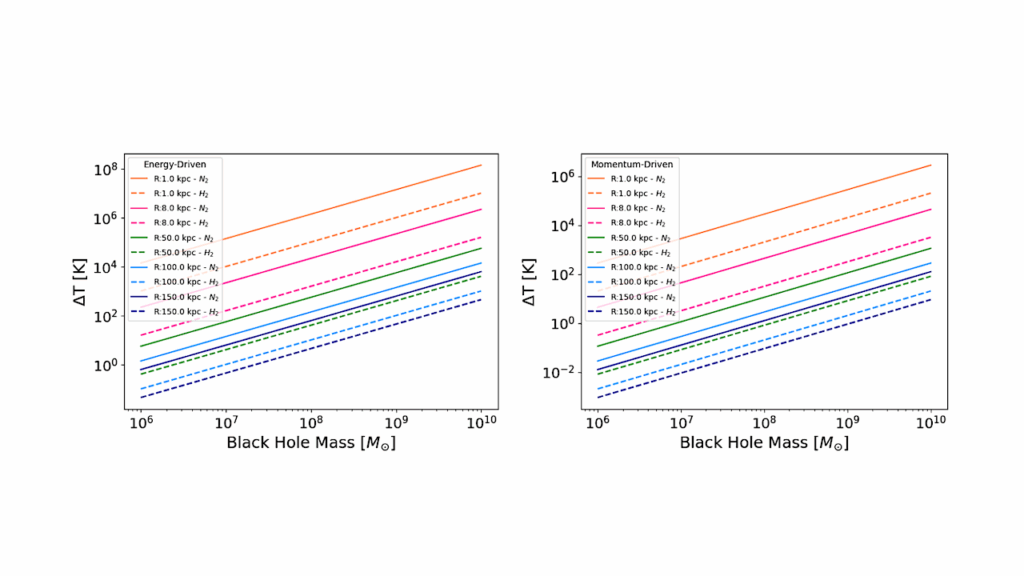A Dry Venusian Interior Constrained By Atmospheric Chemistry
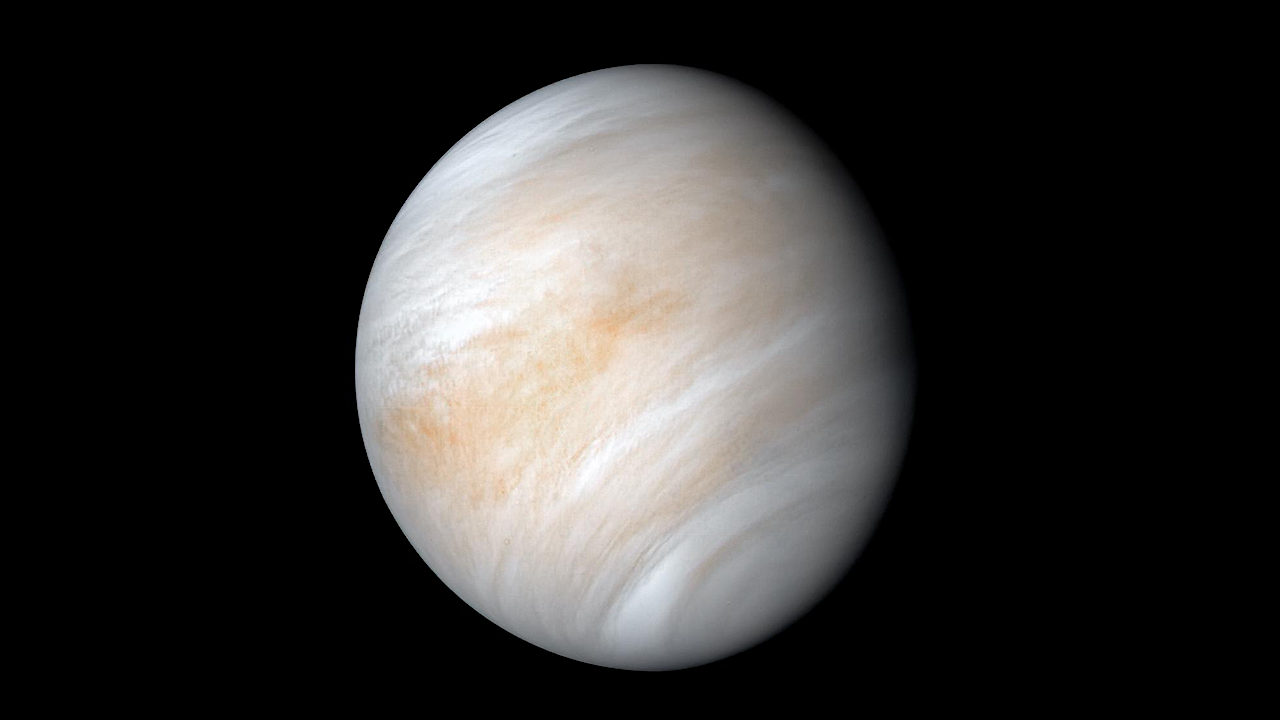
Venus’s climatic history provides powerful constraint on the location of the inner-edge of the liquid-water habitable zone. However, two very different histories of water on Venus have been proposed: one where Venus had a temperate climate for billions of years, with surface liquid water, and the other where a hot early Venus was never able to condense surface liquid water.
Here we offer a novel constraint on Venus’s climate history by inferring the water content of its interior.
By calculating the present rate of atmospheric destruction of H2O, CO2 and OCS, which must be restored by volcanism to maintain atmospheric stability, we show Venus’s interior is dry.
Venusian volcanic gases have at most a 6% water mole fraction, substantially drier than terrestrial magmas degassed at similar conditions. The dry interior is consistent with Venus ending its magma ocean epoch desiccated and thereafter having had a long-lived dry surface. Volcanic resupply to Venus’s atmosphere therefore indicates that the planet has never been `liquid-water’ habitable.
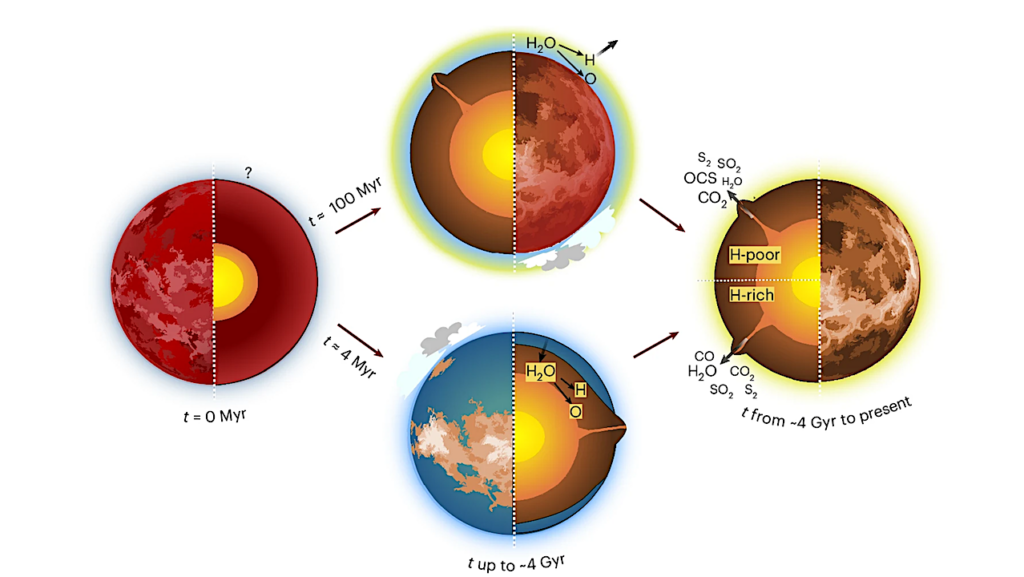
Venus emerges from its formation in a magma ocean phase (t = 0 Myr). From this point, Venus could have followed one of two possible pathways, each ultimately converging on the planet’s present climate state but leaving a mantle with a different composition: an H-poor interior results from the dry Venus path (upper) and an H-rich interior from the temperate and wet Venus path (lower). In the H-rich interior scenario, volcanic gases are enriched in H2O, whereas in the H-poor case, degassing of H2O is minimal, with a greater release of S and C species. See the text for a detailed description of climatic paths and ‘Signs of climate in the interior’ for an explanation of how H2O oceans are imprinted in the planetary interior. — University of Cambridge
Tereza Constantinou, Oliver Shorttle, Paul B. Rimmer
Comments: 15 pages, 4 figures. For supplementary info see Related DOI
Subjects: Earth and Planetary Astrophysics (astro-ph.EP)
Cite as: arXiv:2412.01879 [astro-ph.EP] (or arXiv:2412.01879v1 [astro-ph.EP] for this version)
https://doi.org/10.48550/arXiv.2412.01879
Focus to learn more
Journal reference: Nature Astronomy (2024)
Related DOI:
https://doi.org/10.1038/s41550-024-02414-5
Focus to learn more
Submission history
From: Tereza Constantinou
[v1] Mon, 2 Dec 2024 19:00:00 UTC (2,353 KB)
https://arxiv.org/abs/2412.01879
Astrobiology



